In that context, traditional folk culture and arts clubs were built and actively operated, playing the role of a bridge connecting the past with the present, awakening the precious treasures of ancestors. Not only contributing to the construction of grassroots cultural life, folk culture clubs also became the "golden goose" in tourism development, a source of pride, inspiring people in labor production and global integration. Therefore, developing traditional culture and arts clubs is also the best way to bring indigenous culture into the flow of the times, contributing to today's common prosperity.
From heartwarming stories of the mountainous region
Located at an altitude of 1,500m above sea level, Sin Suoi Ho is a beautiful village of the H'Mong people, Sin Suoi Ho commune, Phong Tho district, Lai Chau province. In the H'Mong language, Sin Suoi Ho means "stream with gold" - the name just evokes the image of a peaceful, prosperous small village.
However, that beautiful, romantic village used to be the capital, a hot spot for drugs. The whole village has only about 149 households, with more than 700 people, but 80% of them are opium addicts and 100% are poor households. “For many years, we had to live in a village full of social evils and poverty. I felt that the future ahead was uncertain, dark, no matter how many generations passed, it would probably not be able to develop,” Mr. Hang A Xa, a prestigious person in Sin Suoi Ho village, recalled.
Faced with that situation, with the participation of local authorities and village elders, the "war" against the "brown fairy" took place for 10 years (from 1995-2005), only then could Sin Suoi Ho escape from the "darkness" of drugs.
Coming back to the "light", many people are confused about what to do and where to start. "We restored traditional crafts so that people have jobs. Along with that, to change the face of the village, the government and people joined hands to build roads, plant flowers and establish markets. Now, each market is a cultural exchange festival. Art clubs were established, many traditional customs and festivals were also restored. Since then, we have developed tourism, and people's lives have made a breakthrough. Currently, the average income of each household is from 100-400 million VND/year," Mr. Hang A Xa shared. Up to now, Sin Suoi Ho has become the most attractive community tourism village in Lai Chau. In 2024 alone, the village welcomed and served more than 30,000 visitors; achieving a revenue of more than 3 billion VND.
The story of Sin Suoi Ho is also the clearest proof that developing grassroots culture will be a potential resource to change the lives of many people and many villages.
On December 28, 2021, the Prime Minister approved the program to implement the movement "All people unite to build a cultural life" for the period 2021-2026. One of the main contents of the movement is: Developing diverse types of cultural and grassroots sports clubs... contributing to building a politically stable, democratic, harmonious, and humane rural community rich in national identity, with a green, clean, beautiful, and safe environment according to the criteria for building new rural areas.
The movement "All people unite to build a cultural life" has not only stopped at launching but has been concretized by many localities with practical models, having a profound impact on people's lives. Nghe An province is one of the localities that is doing this model well. According to the Propaganda and Mass Mobilization Department of Nghe An Provincial Party Committee, by the end of 2024, the province had 137 Nghe Tinh Vi and Giam folk song clubs; 104 folk song, folk music and folk dance clubs of ethnic minorities. Thus, there are a total of 241 folk art clubs operating to meet the people's need for cultural and artistic enjoyment.
Mr. Le Thai Hung, Vice Chairman of the People's Committee of Nghia Dan District (Nghe An) said: "To promote the cultural values of ethnic minorities in the district, we have developed Resolution No. 02 on promoting the cultural identity of Nghia Dan people, responding to the development situation in the new period. After a period of implementation, the area has six gong folk culture clubs at the district level and 36 folk culture clubs at the commune level. This has contributed to improving the spiritual life of the people."
Since the Lung Village Gong Club was established, the Tho ethnic people (Nghia Loi Commune, Nghia Dan District) have been much happier. The club not only helps people have more places to participate in cultural activities, but also builds national solidarity in preserving and reviving traditional values. Mr. Le Vo Tu, Chairman of the Lung Village Gong Club, shared: “Our club has 53 core members. In addition to cultural preservation and conservation activities, we also established a fund for members to borrow to develop the economy. This way, we can both encourage people's spirit and build a life together.”
Need cooperation
Despite bringing many values, in reality, not all clubs can sustain for a long time, because they face many difficulties. Most clubs do not have a stable source of funding; lack the participation of young people - the force to inherit and promote.
Meritorious Artisan Vi Van Sang - Kho Mu ethnic group (Nghia Son commune, Van Chan district, Yen Bai province) worries: “The Kho Mu folk culture club helps to make the lives of the people of Nghia Son commune more colorful. However, we also face many difficulties, especially the issue of operating costs. The club members are all farmers, with low incomes, so they cannot contribute forever. Teaching is even more difficult because there is no place. Attracting young people to participate is already difficult, but the instability makes them discouraged and they give up. Although we love Kho Mu culture very much, sometimes we feel helpless.”
In order for folk culture clubs to maximize their effectiveness and truly become the core of grassroots cultural life, there needs to be greater cooperation from authorities at all levels, associations and the strength of national solidarity.
There should be a mechanism to support funding for clubs to operate; as well as a policy of remuneration for artisans who teach. In addition, it is necessary to study specific measures to promote the role of clubs in the new life such as: Serving tourism activities. This method needs to be replicated to both preserve culture and help people have more income. That is also the motivation and resource to return to preserve culture. When the sound of gongs and folk songs still echo in the village, it is when the cultural life of ethnic communities is increasingly developing.
Source: https://nhandan.vn/van-hoa-truyen-thong-danh-thuc-nhieu-mien-que-post873810.html



![[Photo] General Secretary To Lam attends the conference to review 10 years of implementing Directive No. 05 of the Politburo and evaluate the results of implementing Regulation No. 09 of the Central Public Security Party Committee.](https://vphoto.vietnam.vn/thumb/1200x675/vietnam/resource/IMAGE/2025/5/19/2f44458c655a4403acd7929dbbfa5039)
![[Photo] Panorama of the Opening Ceremony of the 43rd Nhan Dan Newspaper National Table Tennis Championship](https://vphoto.vietnam.vn/thumb/1200x675/vietnam/resource/IMAGE/2025/5/19/5e22950340b941309280448198bcf1d9)
![[Photo] Close-up of Tang Long Bridge, Thu Duc City after repairing rutting](https://vphoto.vietnam.vn/thumb/1200x675/vietnam/resource/IMAGE/2025/5/19/086736d9d11f43198f5bd8d78df9bd41)
![[Photo] President Luong Cuong presents the 40-year Party membership badge to Chief of the Office of the President Le Khanh Hai](https://vphoto.vietnam.vn/thumb/1200x675/vietnam/resource/IMAGE/2025/5/19/a22bc55dd7bf4a2ab7e3958d32282c15)

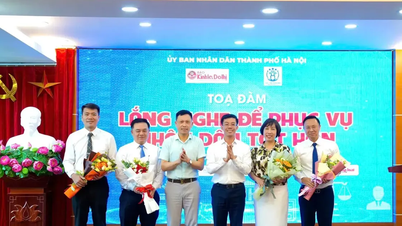

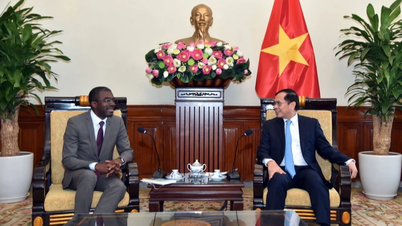


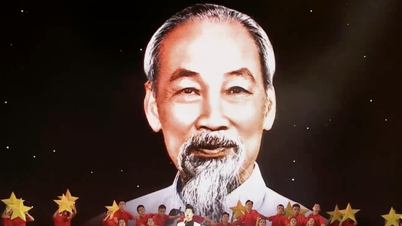

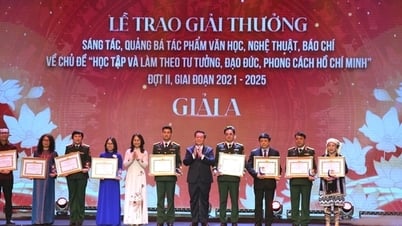

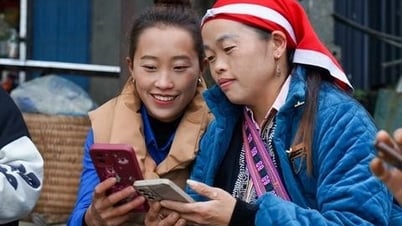




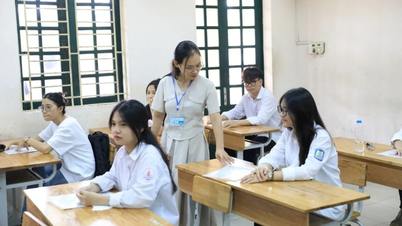
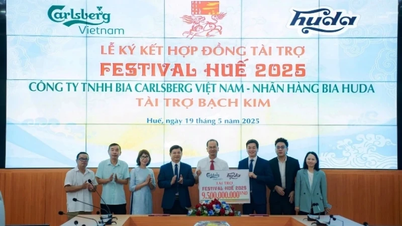
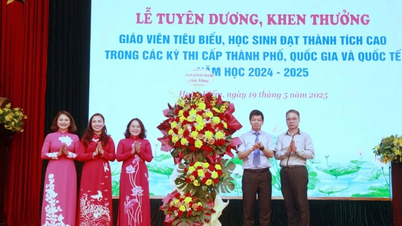
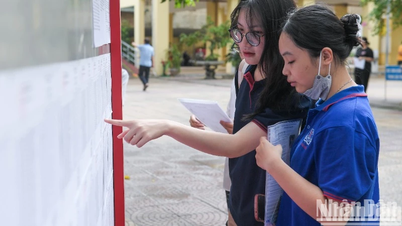
![[Photo] Panorama of the Opening Ceremony of the 43rd Nhan Dan Newspaper National Table Tennis Championship](https://vphoto.vietnam.vn/thumb/402x226/vietnam/resource/IMAGE/2025/5/19/5e22950340b941309280448198bcf1d9)
![[Photo] Close-up of Tang Long Bridge, Thu Duc City after repairing rutting](https://vphoto.vietnam.vn/thumb/402x226/vietnam/resource/IMAGE/2025/5/19/086736d9d11f43198f5bd8d78df9bd41)
![[Photo] Prime Minister Pham Minh Chinh inspects the progress of the National Exhibition and Fair Center project](https://vphoto.vietnam.vn/thumb/1200x675/vietnam/resource/IMAGE/2025/5/19/35189ac8807140d897ad2b7d2583fbae)















































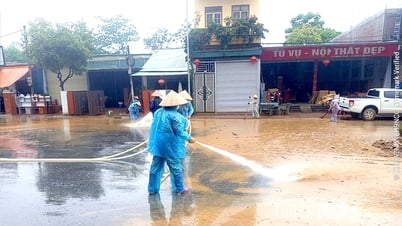

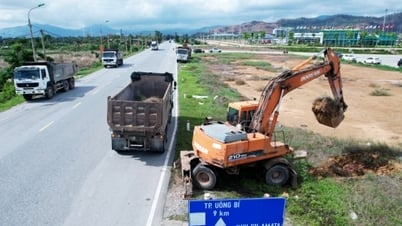









![[VIDEO] - Enhancing the value of Quang Nam OCOP products through trade connections](https://vphoto.vietnam.vn/thumb/402x226/vietnam/resource/IMAGE/2025/5/17/5be5b5fff1f14914986fad159097a677)



Comment (0)